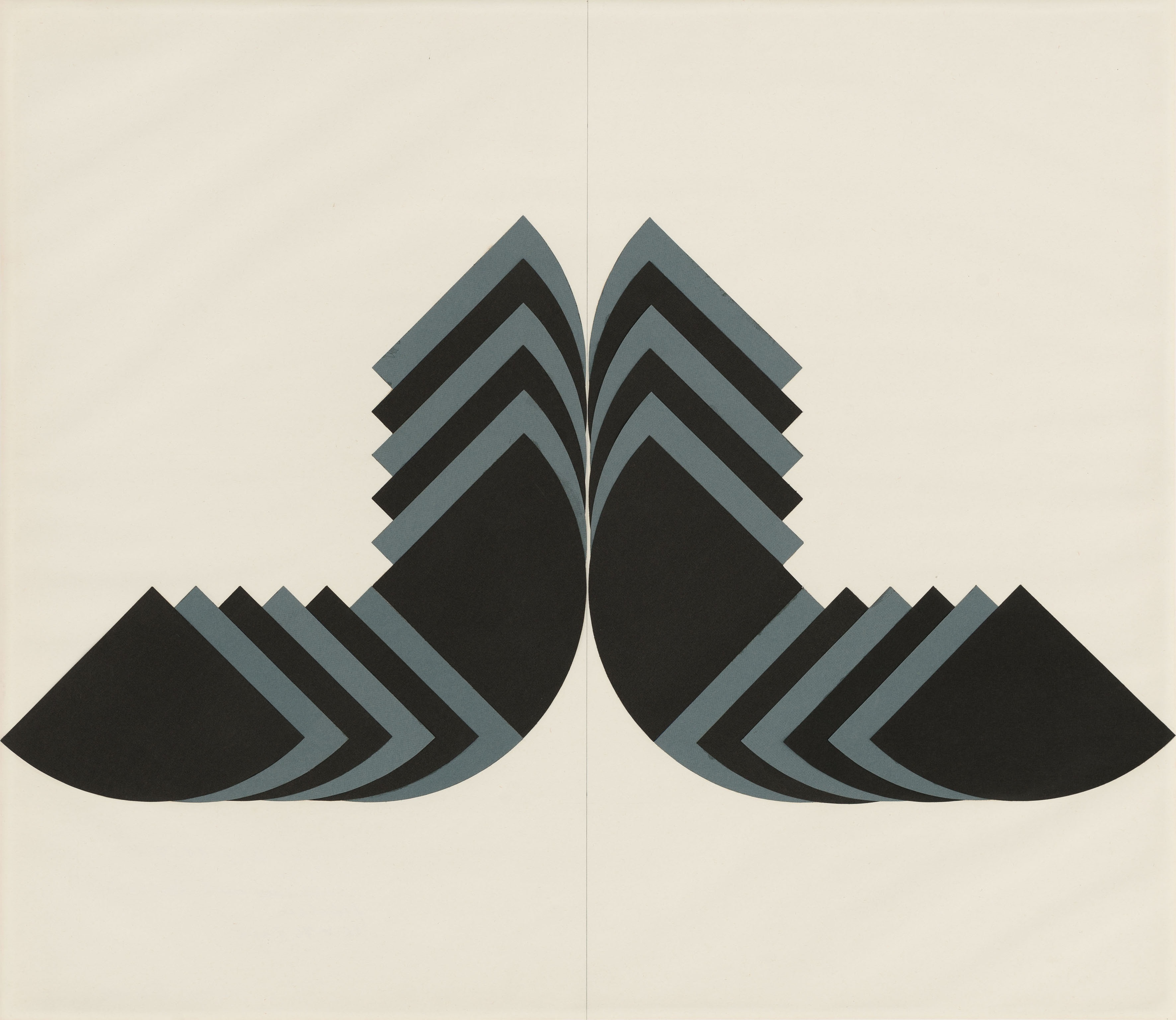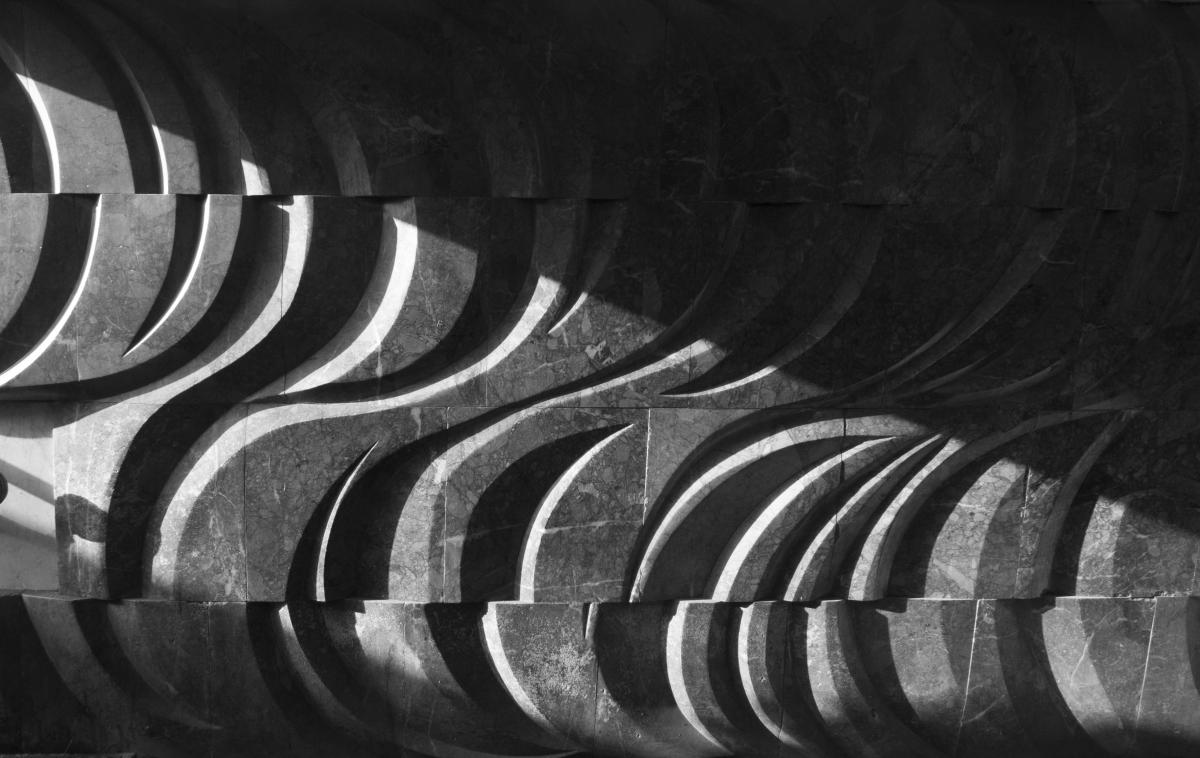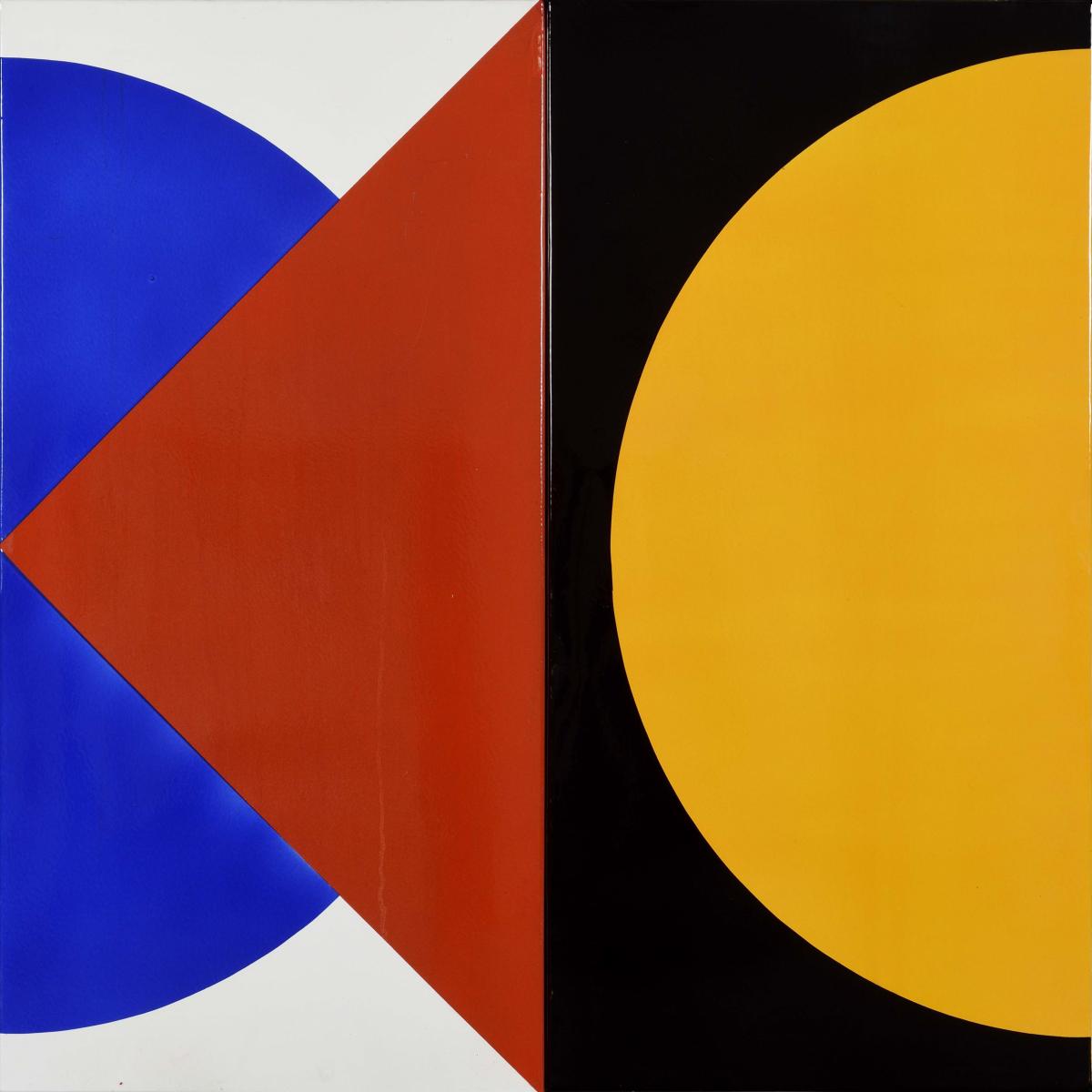- Visitor information
- About us
- Exhibitions
- Temporary Exhibitions
- Permanent Exhibitions
- Past Exhibitions
- 2024/2025 - Life with Honey
- 2024/2025 - WANDERINGS - Lili Ország in Kiscell
- 2024 - Light & City
- 2022 - Gábor Gerhes: THE ATLAS
- 2019/2020 - Shine! - Fashion and Glamour
- 2019 - 1971 – Parallel Nonsynchronism
- 2018 – Your Turn!
- 2018 – Still Life
- 2017 – LAMP!
- 2017 – Tamás Zankó
- 2017 – Separate Ways
- 2017 – Giovanni Hajnal
- 2017 – Image Schema
- 2017 – Miklós Szüts
- 2016 – "Notes: Wartime"
- 2016 – #moszkvater
- 2015 – Corpse in the Basket-Trunk
- 2015 – PAPERwork
- 2015 – Doll Exhibition
- 2014 – Budapest Opera House
- 2013 – Wrap Art
- 2012 – Street Fashion Museum
- 2012 – Riding the Waves
- 2012 – Buda–Pest Horizon
- 2011 – The Modern Flat, 1960
- 2010 – FreeCikli
- 2008 – Drawing Lecture on the Roof
- 2008 – Fashion and Tradition
- 2004 – Mariazell and Hungary
- Virtual museum
- What's happening?
2017 – Separate Ways
Category:
Separate Ways. Karl-Heinz Adler and Hungarian Abstraction
An exhibition by Kassák Museum and Kiscell Museum – Municipal Gallery
1 June – 1 September 2017

Karl-Heinz Adler is a signifcant fgure of German abstract art. Kassák and Kiscell Museums present his ambitious oeuvre in the context of Hungarian art and architecture.
The exhibition on view in the two museums of Óbuda builds on the work of Dresden-based artist Karl-Heinz Adler (1927). The work of Adler, who is turning 90 this year, is currently undergoing revaluation in Germany. The Eigen+Art Gallery presented his retrospective in Berlin last year and, simultaneously with the two exhibitions in Hungary, the Albertinum in Dresden is also showcasing his work. Adler, a key fgure of German Serial and Concrete art, was already 55 years old when, in 1982, a small gallery in Dresden frst showed the minimalist collages he had been developing since 1957. From the 1970s and ’80s onwards, he had been in touch with Hungarian artists János Fajó, Tamás Hencze, István Nádler, Dóra Maurer and Imre Bak, but in general, his person and his work was not known in Hungary.

Bálint JÓZSA – Ferenc KOVÁCS: Dynamic Relief (detail),
Déli (Southern) Railway Station, Budapest, 1974
Photo: Lazlo LUGOSI
These two exhibitions allow Adler’s work to shed new light on certain little-explored aspects of Hungarian art and they potentially also recontextualize the German artist’s oeuvre. Kassák Museum presents a summary of Adler’s abstract art from the 1950s until today. Some of the issues closely connected to Adler’s work were also topics of heated discussion in socialist Hungary and the GDR. The exhibition highlights the parallelisms (or differences) that characterized views on abstraction in the political and artistic spheres of Germany and Hungary. The pre-1989 ideological context is also evoked: the dictates of the era’s cultural policy affected the work of Adler as well as that of numerous Hungarian artists. Some of these artists—the ones who came in direct contact with the German art scene of the time, e.g. Imre Bak and János Fajó—are given voice through the video interviews on display. The exhibition of Adler’s work and its Hungarian aspects presents a unique opportunity for a comparative regional survey of the philosophy and reception of abstract art in the 1960s and ’70s.
Using Adler’s work as a point of departure, the exhibition in Kiscell Museum focuses on a little-explored topic. As his work was an example of abstract art, Adler was not allowed to participate in the offcial East-German art scene from the early 1960s until the second half of the 1980s. At the same time however, his abstract geometrical forms made out of concrete were very popular decorations for facades and partitions; as a result, Adler’s architectural sculptures were present on the streets of Dresden and Berlin. Albeit a lot more subtly, but the dichotomy of banning abstraction in fne art but accepting it as a form of applied art was also characteristic of Hungarian cultural policy in the Kádár era. The Kiscell Museum’s exhibition explores a peculiar aspect of “Hungarian abstraction”: starting out from Karl-Heinz Adler’s geometrical architectural sculptures, it examines the ways in which geometric abstraction appeared on Hungaria public buildings in the ’70s and ’80s. Instead of chronological or formalistic considerations, the exhibition examines the topic using an exciting and diverse set of criteria that brings together a variety of different ideas.
Besides a survey of the relations between abstract art and architectural decoration, Kiscell Museum’s exhibition also explores the social and cultural policy factors that made it possible to realize abstract works in public spaces (as decorations for the interiors or exteriors of buildings), while autonomous abstract art was much more severely confned by offcial cultural policy. The topic is presented comprehensively, with the use of interviews, documents, and artworks, supplemented by concerns of urban history, fne art, and the history of architecture. One of the exhibition’s intended goals is to direct public attention to hidden urban gems. In line with this goal, the museum is announcing an open call to fnd similar artworks and organizes urban walks to visit the works evoked by the exhibition. Thus, the museum fulflls its mission of interpreting urban space as an extended museum and the museum as a discursive space.

Ferenc LANTOS: Enamel elements of a building frieze, Pécs, Hungary, 1970
Courtesy of acb Gallery
Photo: Tibor VARGA-SOMOGYI
Kassák Museum and Kiscell Museum – Municipal Gallery are committed to a complex examination of the interconnections between various cultural spaces, the processing of events in recent history, and the exploration of the intricate web of relationships connecting art and power. The current exhibition, realized in both museums simultaneously, is a part of this endeavor.
Curated by Márta Branczik, Zsóka Leposa (Kiscell Museum); Edit Sasvári, Anna Juhász (Kassák Museum)
The exhibition is realized in partnership with the Galerie Eigen+Art Berlin/Leipzig. The exhibition was realized with support from the Embassy of the Federate Republic of Germany.
Kassák Museum
HU-1033 Budapest, Fő Street 1 (Zichy Castle)
Kiscell Museum – Municipal Gallery
HU-1037 Budapest, Kiscell Street 108
